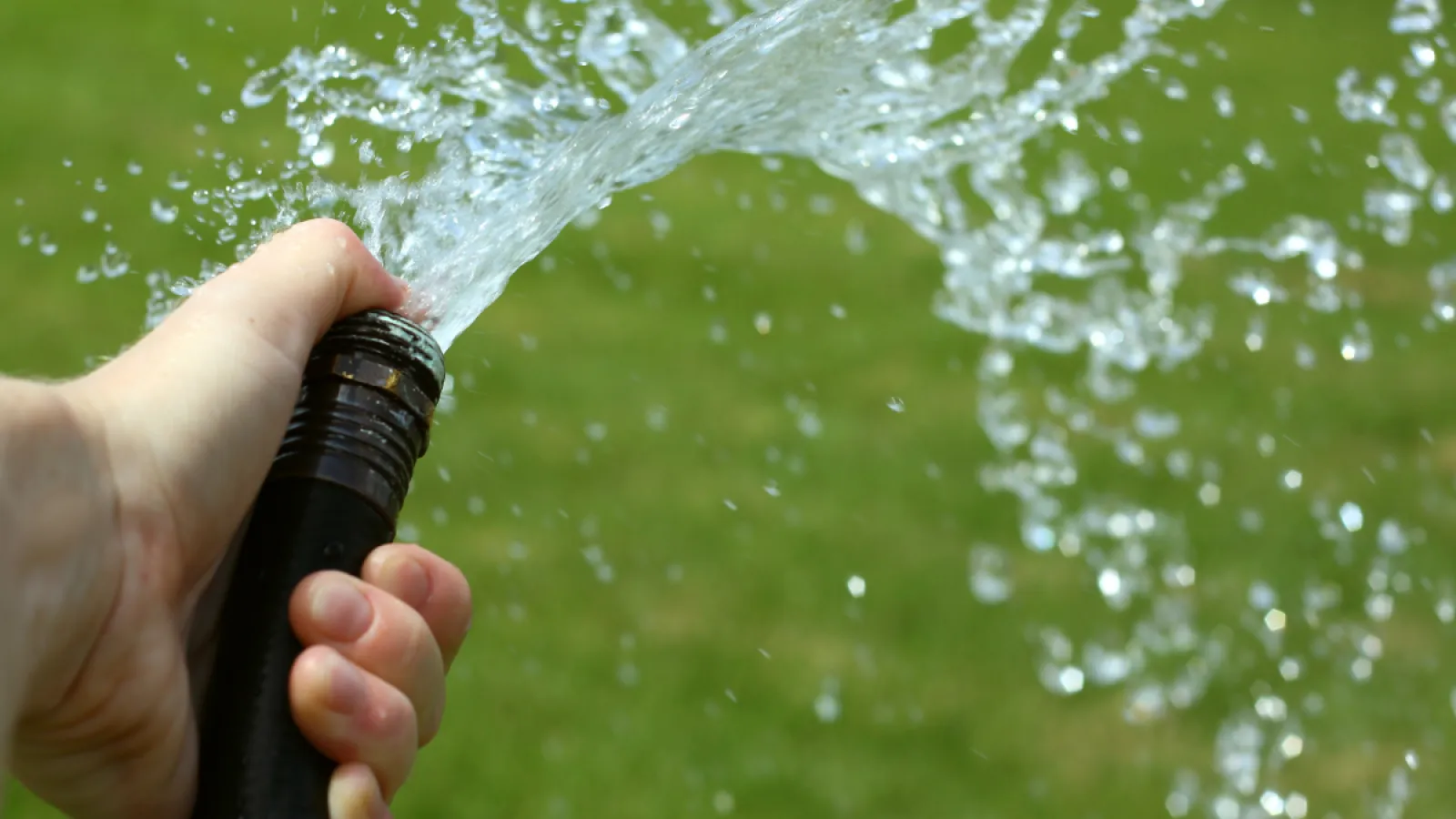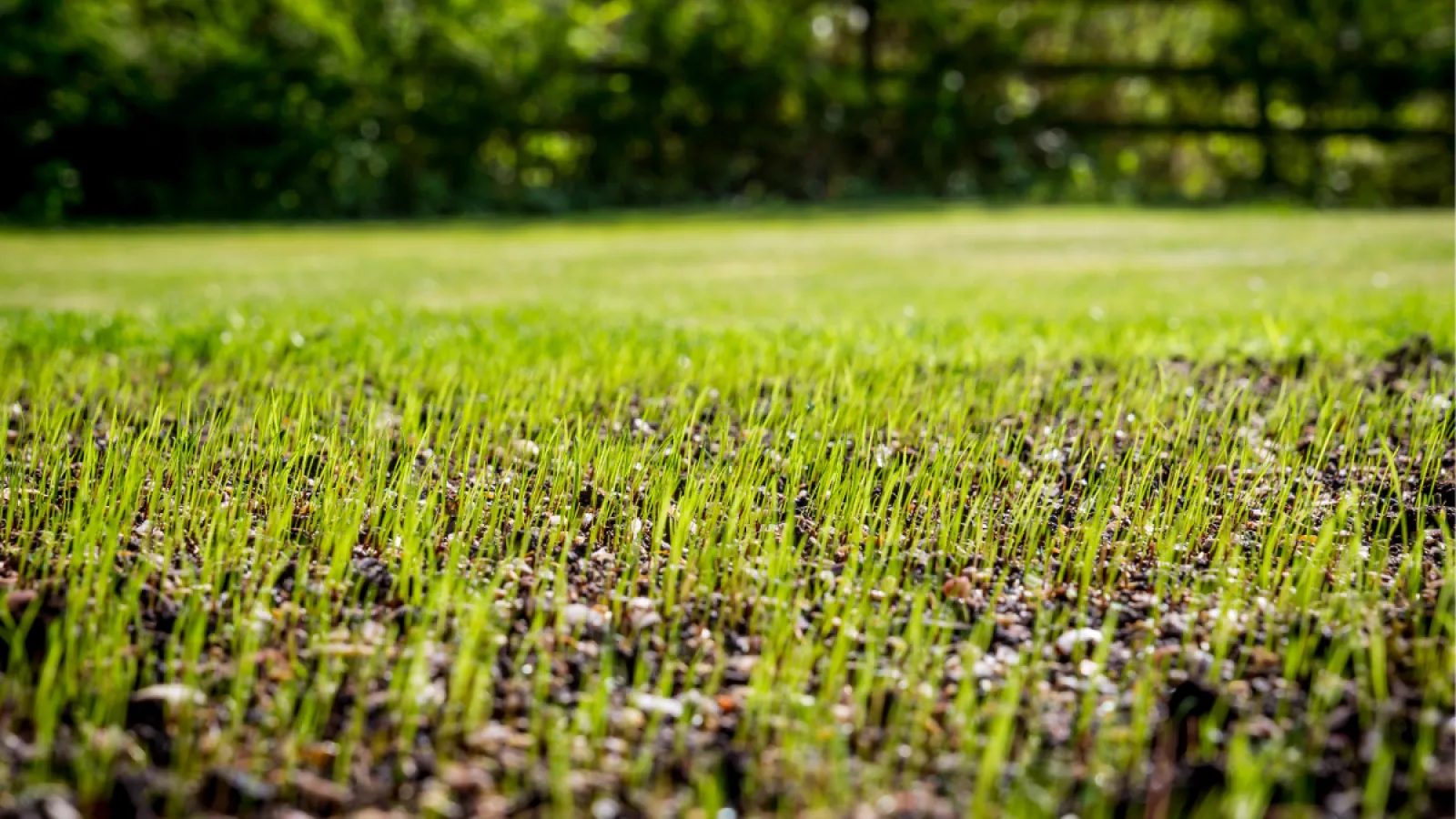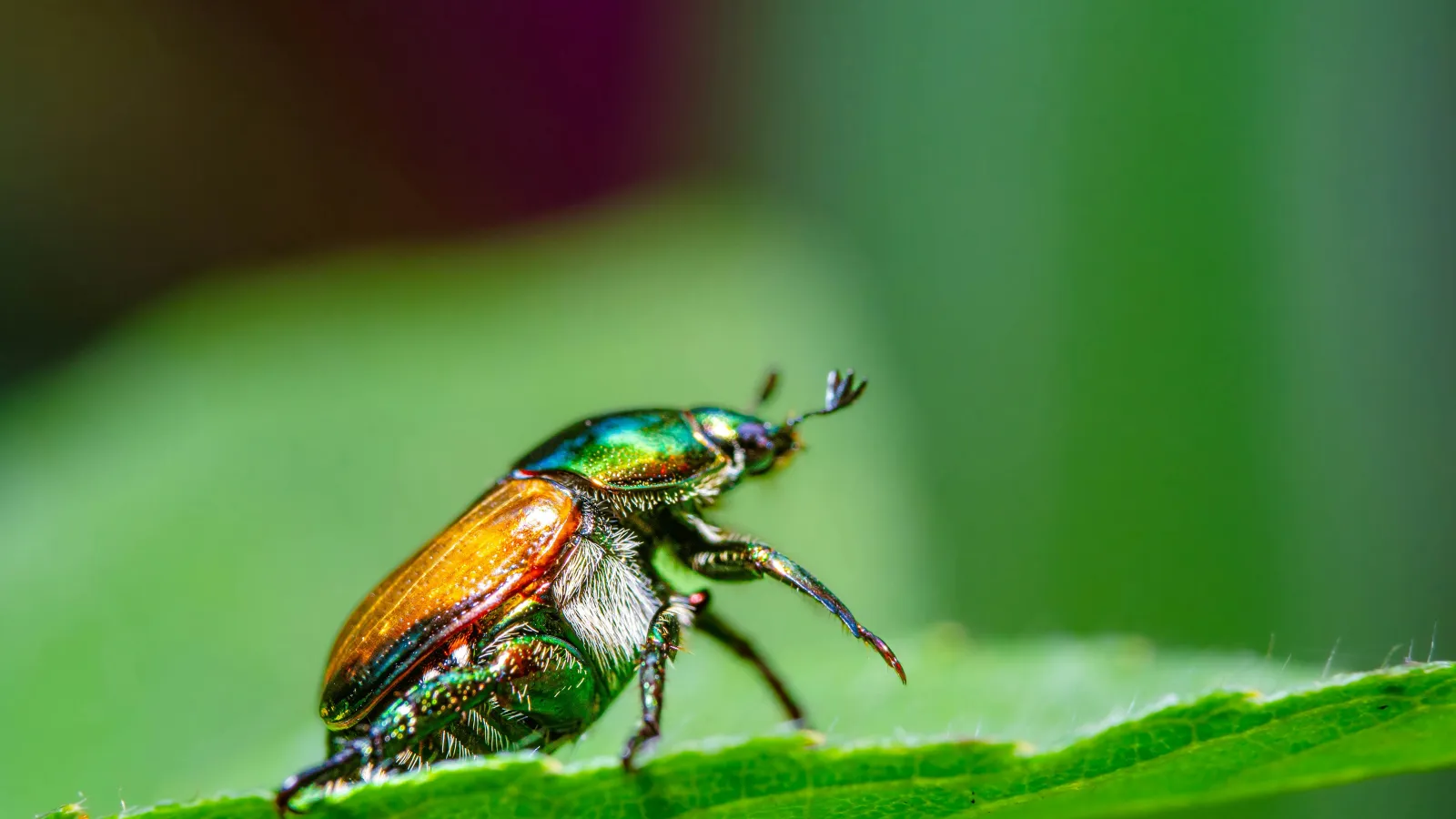All About Fescue Grass
When choosing your grass type, you should consider your location and local environmental conditions. Certain climates make it hard for some grasses to thrive. However, fescue grass grows pretty well throughout the United States. With over 100 species, it's one of the most common types of grass in the US. Fescue is a deep-rooted, cool-season grass for home lawns, general areas, and soil stabilization. In general, the southern boundary for tall fescue is Griffin, Georgia. The further south you go, the warmer and more humid the climate gets, and Fescue does not do well in warm temperatures. Homeowners find Fescue a desirable grass type because of its fine leaf blades and long-lasting green color. Also, tall fescue grows well in full sun and moderate shade.
A Fescue lawn requires the most maintenance of any grass. While it is one of the few shade-tolerant turf options, it has drawbacks. It is a cool-season grass growing in an extremely hot and humid environment for four months a year. However, care in the cooler months is basic: water as needed, mow as needed, and treat as needed with fertilizers and weed control. Care becomes more critical in warmer months because this cool-season grass has to thrive in heat, high humidity, disease, and in many cases, drought.
Below is a basic guideline to maintain a healthy Fescue lawn year-round and, most importantly, through the hot months of a Tennessee, Georgia, Alabama, or South Carolina summer.
Spring Care
Fertilization - Our ongoing weed control and fertilization treatments (8 treatments per year) include treating existing and future weeds with pre- and post-emergent weed control. We apply our custom-blended fertilizer to your Fescue lawn for overall health and color.
Fungicide treatments - Brown patch fungus is one of the most destructive diseases to Fescue. The damage of this soilborne disease first appears as circular areas of brown and dead grass surrounded by a narrow, dark ring. Brown patch fungus can return year after year, germinating and infecting healthy grass if not controlled.
Summer Care
Mowing - Mowing your lawn at the correct height creates the appropriate canopy needed by your Fescue lawn to promote root growth and improve weed suppression. And lawns mowed at the right height also require less watering. This is important year-round.
Fertilization & weed control - Late summer treatments include more post-emergent treatments for existing weeds where needed. We will continue using specialty fertilizers to ensure a thick, green lawn.
Water - A healthy and established lawn needs about 1" of water per week. This amount of water will moisten the top 6-8 inches of soil, which helps develop a deep, healthy root system. Proper watering during the summer is the most important and is often neglected by the homeowner. Proper watering is important, especially in the summer months
Fall
Core aeration and seeding - because fescue is a clump-style grass, it does not spread with stolons and rhizomes like warm-season grasses. Because of this, we highly recommend core aerating and overseeding your lawn annually in the fall. Core aeration loosens the soil, allowing nutrients, air, and water to reach the roots better. Our custom blend of seeds will help your Fescue lawn spread in thin areas.
Mowing - Fescue can survive hot, dry summers if mowed properly throughout the year. Keeping it healthy in cool months will make it stronger in warm months. Maintain the mowing height as high as possible starting in the fall after you have overseeded. The grass should be 3.5 to 4 inches. Keeping the grass higher in the fall will aid the development of the young grass, and continuing this through the winter will aid in preventing winter weeds.
Fertilization - Fall and early winter treatments include starter fertilizer for enhanced seed germination and recovery from the summer heat, followed by slow-release high-nitrogen fertilization to sustain growth in cooler weather.
Winter

Mowing - We recommend mowing your Fescue grass every 5-7 days until the weather consistently hits 32 degrees Fahrenheit daily or until it stops growing. Continue mowing as needed until the weather warms up in the spring. Proper mowing of Fescue throughout the winter will help prevent weeds such as common chickweed and aid in younger grass development.
Fertilization & weed control - Winter treatments include pre- and post-emergent applications designed to control invasive winter annual weeds like Bittercress and clover. This treatment also includes fertilizers and potassium to develop a strong root system which helps the turf maintain its health during winter dormancy. This is an essential application for a healthy lawn next spring.
Clean up - It's important not to leave debris, excess leaves, or small objects on your Fescue lawn during the winter. Anything left out on the lawn can prevent proper airflow, sunlight, and nutrients to your lawn.
Did you know?
Fescue grass roots can reach up to 2 to 3 feet deep.
It requires less water and fertilization to stay healthy.
Fescue has shown strong resilience to insects.
New Fescue cultivars are constantly emerging on the market.
When it comes to lawn care, Turf Masters can do a lot to make a big difference in your Fescue lawn. Lawn care is a partnership: it requires work on the part of the homeowner and the professional. Contact Turf Masters to free Lawn Care Program estimate today and get started on having a beautiful, healthy Fescue lawn.


